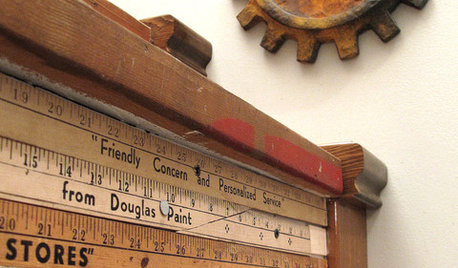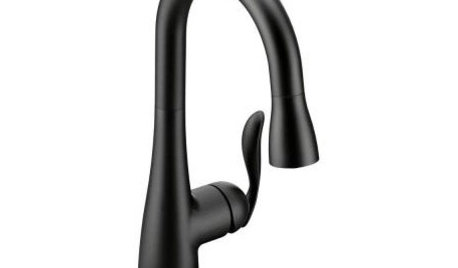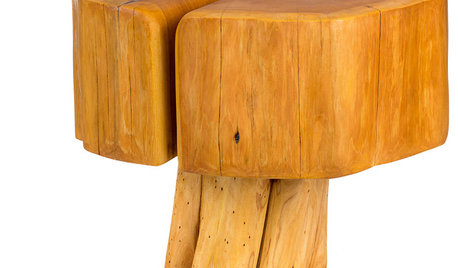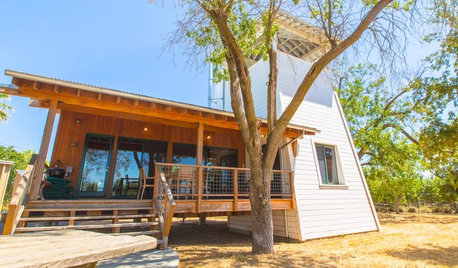Can I pick your brains a little?
lindy_loo
11 years ago
Related Stories

DECORATING GUIDESGeek Chic: When Left and Right Brains Live in Harmony
Live with a brainy type? Math and science can make great decor
Full Story
PRODUCT PICKSGuest Picks: 19 Kitchen Upgrades for When You Can't Afford an Overhaul
Modernize an outdated kitchen with these accents and accessories until you get the renovation of your dreams
Full Story
PRODUCT PICKSGuest Picks: 20 Stylish, Modern Watering Cans
Help indoor or outdoor plants sip in style with one of these fun watering cans
Full Story
PRODUCT PICKSGuest Picks: Beautiful Things You Can Feel Good About Buying
Upcycled, ecofriendly or just made responsibly, these home accessories and furniture pieces will keep your conscience clear
Full Story
HOUZZ TOURSHouzz TV: See a Modern Family Farmhouse That Can Pick Up and Move
In the latest episode of Houzz TV, watch California architect build a beautifully practical cabin to jumpstart his parents' new farm
Full Story
PRODUCT PICKSGuest Picks: Bedroom Decor a Little Boy Will Love
Set him up in a room filled with airplanes, maps and a bug or two, and you’ll be set for decor for years
Full Story
PRODUCT PICKSGuest Picks: Shed a Little Light on the Subject
These smart-looking task lamps will add functionality and style to your study space or desk
Full Story
PRODUCT PICKSGuest Picks: Whimsical Fabrics for Little Ones
Give a nursery, playroom or kids' bedroom a playful air with fabrics done up in bright colors and delightful prints
Full Story
KIDS’ SPACESGuest Picks: Little Kid, Big Style
Create flow throughout a home with kids' room décor you love too
Full Story
PRODUCT PICKSGuest Picks: Little Houses
Scale down your love of the home with these itsy-bitsy house-inspired accessories
Full Story





jrslick (North Central Kansas, Zone 5B)
dirtdigging101
Related Professionals
Kapaa Landscape Architects & Landscape Designers · Wake Forest Landscape Contractors · Brunswick Landscape Contractors · Dunwoody Landscape Contractors · Fort Worth Landscape Contractors · Melrose Landscape Contractors · Merced Landscape Contractors · Mission Landscape Contractors · Newberg Landscape Contractors · Rockland Landscape Contractors · Westchester Landscape Contractors · New Carrollton Landscape Contractors · Elmwood Park Solar Energy Systems · Moorpark Solar Energy Systems · West Hartford Solar Energy Systemslittle_minnie
dirtdigging101
Mark
myfamilysfarm
little_minnie
randy41_1
brookw_gw
lindy_looOriginal Author
cole_robbie
brookw_gw